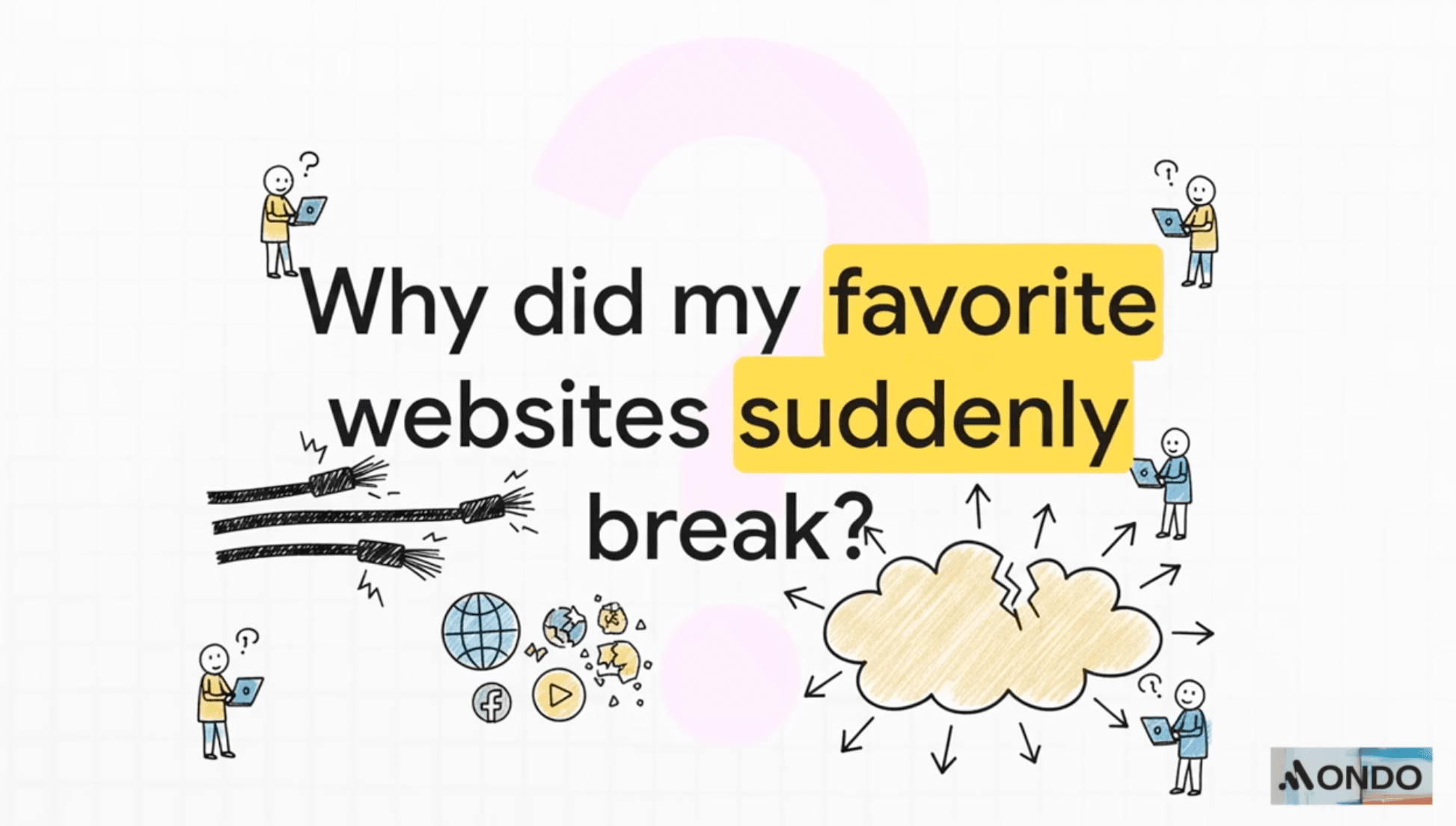How Leaders and HR professionals can Champion Business Transformation

As a leader and a change agent, are you ready to implement an adaptive, proactive culture built on purposeful objectives to empower growth strategies? If so, you are ready to implement a behavioural based approach that organically adjusts to community expectations and market opportunities. Ensuring you have the right environment for change is essential to transform your business and culture.
Emotional intelligence (Ei) programs for leaders and managers to empower change and growth
In the words of Steve Jobs, promote ‘an incredibly collaborative company’. Ensure the HR department and management team have the resilience and preparation to administer the change head-on when embarking on a business transformation to improve business performance.
Successful companies prove that an employee-centric approach sets them apart from their competitors, who may be plagued with employee apathy and turnover. Empowered employees are more productive, engaged and loyal, and contribute positively to a company’s financial goals, which assists future growth.
Leaders without the positive attributes of Ei may have a limited concept of how visionary strategy works and how social connection supports it. Transformational change centres on fostering employee capability and innovation by understanding the divergent functions within an organisation that define and motivate different behaviours.
By understanding an employee’s progress and how divergent attributes assist or detract from their engagement, work environments can be designed, and training programs targeted to maximise performance in each functional area.
For example, HR can create positive workplaces by being seen to act independently, promoting trusting, collaborative relationships and encouraging unique perspectives. Building the future-directed, big-picture attributes of intuition and perception in the workplace is a product of these objectives.
When combined with Ei programs and directed for purpose, these right-brain characteristics will support innovation. HR’s primary role in encouraging behaviours is to promote trusting relationships throughout the organisation, allowing the freedom to experiment.
Creating a powerful story to implement a strategy
Ensure there is a compelling reason for the change. A revised company vision, strategy and values should support employee growth and social purpose. Better still, it should be built bottom-up to encourage employee ownership.
The communications department is responsible for telling the story, reinforcing the strategy and ensuring everyone is abreast of developments. They should also keep people abreast of change initiatives and corporate results. Employees love this level of information – it builds a strong corporate identity as well as employee pride and self-belief.

READ: Why Connection is the Key to Organisational Performance
People focus
Every employee needs to be involved in a change process. The transformational team should ensure that every department supports organisational growth. High performing organisations employ similar value objectives. It is important to work with management to identify your values and competitive advantage in each community to help motivate employee performance.
The transformation objectives should be relevant and meaningful to employees and their community. Most importantly, HR coaches should work with managers to ensure each employee is motivated to optimise performance methods and embrace change.
Encouraging flatter structures and agile teams simplify the environment and is more effective, making business improvement more about personal growth while ensuring the appropriate feedback of information to the management team. Managers act as facilitators and coaches to build trust and respect by focusing on relationships.
An employee’s requirement for purpose and growth influences their choice of role within an organisation in a location. Management must respect the potential of the individual may be largely unrealised. A supportive manager and HR department – together with leading technology and processes designed around change management principles – will ensure a smooth, positive learning experience. The underlying requirement in achieving this equilibrium is trust.
Leaderonomics.com is an advertisement free website. Your continuous support and trust in us allows us to curate, deliver and upkeep the maintenance of our website. When you support us, you allow millions to continue reading for free on our website. Will you give today? Click here to support us.
Business
Tags: HR, Transformation & Change





